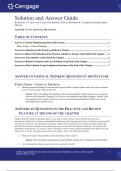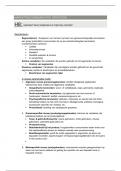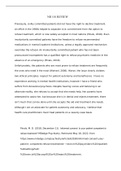Exam (elaborations)
Solution Manual For Business Law Text and Cases 16th Edition by 2025 by Kenneth W. Clarkson, Roger LeRoy Miller Chapter 1-51 With Unit 1-10
Solution Manual For Business Law Text and Cases 16th Edition by 2025 by Kenneth W. Clarkson, Roger LeRoy Miller Chapter 1-51 With Unit 1-10
[Show more]





